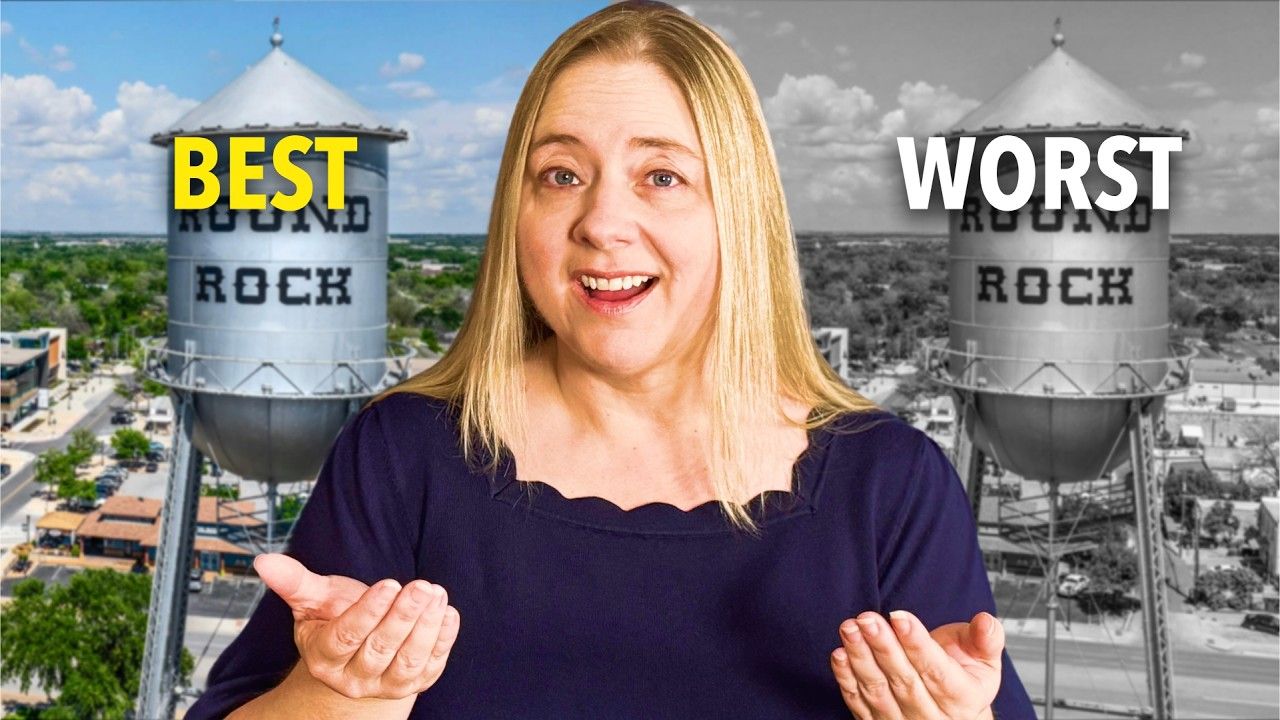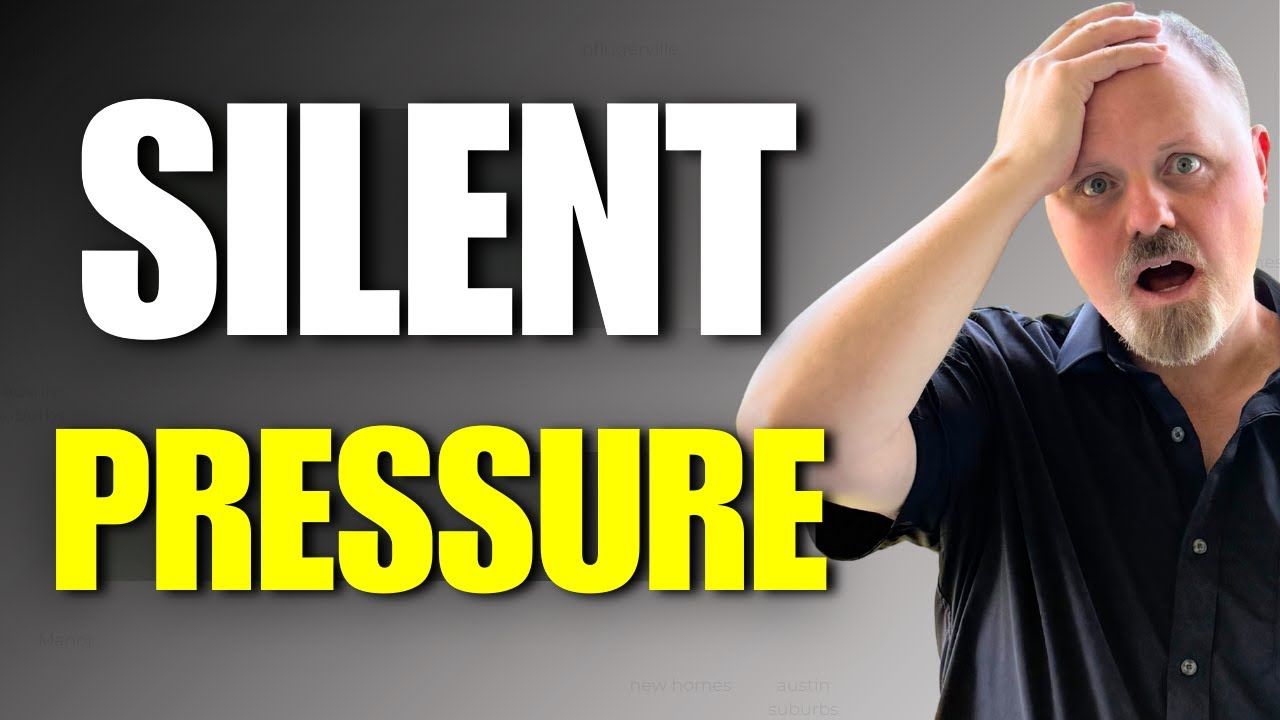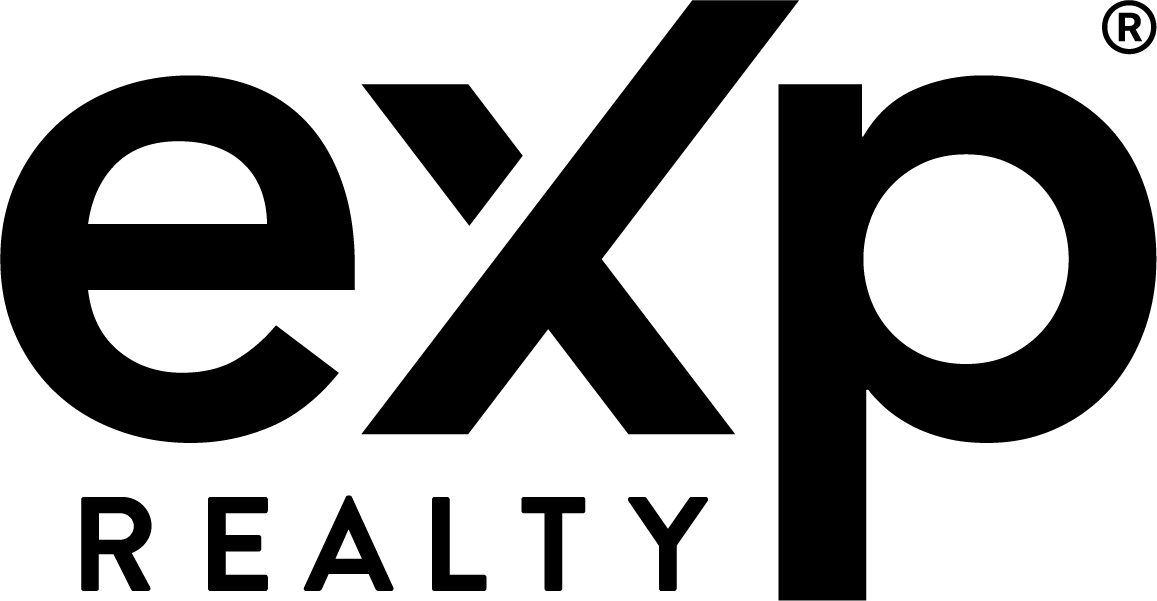Home Buying Stress? How to Plan Ahead in the Austin Suburbs
If you’ve ever felt overwhelmed by the idea of buying a home in the Austin suburbs, you’re not alone. In our latest video we walked through the psychology of home buying and laid out a practical, patient plan so buyers move from anxiety to confidence. This article expands on that roadmap and gives you specific steps you can use today to prepare for buying a home in the Austin suburbs — even if you aren’t ready to buy tomorrow.
Table of Contents
- Home Buying Stress Psychology
- Clear Plan to Reduce Anxiety
- Long Game Mindset Austin Suburbs
- Financial Picture for Home Buying
- Saving for Down Payment Costs
- Defining Your Why in Buying
- Positioning in Austin Market
- Active Prep for Buying a House
- Final Approach: Fear to Confidence
- Conclusion and Next Steps
- FAQs on How to Plan Home Buying Ahead
Home Buying Stress Psychology
There’s a unique kind of stress that comes with home buying: late‑night doubts, fear of making the wrong choice, and anxiety about financing. Those feelings are real and common. The good news is stress doesn’t vanish magically — it responds to structure. A clear plan turns fear into small, manageable next steps. When you know what to do next, anxiety loses power.
That Epictetus line captures the mindset behind successful home purchases. Buying a home in the Austin suburbs is a long game. If you adopt a marathon mindset and use time as your advantage, you’ll arrive in a position of strength rather than scrambling in panic.
Clear Plan to Reduce Anxiety
Planning means breaking the process into phases so each stretch of time has a focus. We recommend a roughly 24‑month timeline divided into four phases: Prepare, Position, Active Prep, and Final Approach. Each phase has specific actions you can take whether you’re two years out or two months away from closing.
Long Game Mindset Austin Suburbs
The first advantage you have when you’re not ready is time. Use it. The stronger buyers I work with plan ahead: they check credit, save regularly, define their priorities, and learn local market dynamics.
Start with a sober look at your financial picture. Request copies of your credit report, understand your score, and identify targeted improvements. Small changes — paying down revolving debt, correcting errors, or adding steady on‑time payments — compound over months.
Financial Picture for Home Buying
Once you understand your credit, build a consistent savings habit for down payments and closing costs. Whether it’s $10 or $100 per paycheck, automatic transfers remove decision friction and make saving effortless. Over 12–24 months, that steady habit turns into serious buying power.
We work with trusted vendors who help people grow credit and create savings plans. The stronger your credit and savings, the more lender options you’ll have — and more options means negotiation leverage and better rates.
Saving for Down Payment Costs
Don’t let the size of the market intimidate you — define your why first. List what you truly need versus what is nice to have. Is the school district a must? Is a short commute essential? Are you chasing builder incentives in Manor or value in Pflugerville? Aligning your 'why' with your budget prevents disappointment later in the process.
Defining Your Why in Buying
Example: median prices vary across suburbs. Manor and Hutto typically offer lower median prices compared to Round Rock. That $150,000 difference changes which suburbs are realistic for your budget. If your goal is a specific school district or a shorter commute, you’ll need to plan differently than someone prioritizing larger lot sizes or custom finishes.
Positioning in Austin Market
Months 7–12 are for positioning. Move from dreaming to data‑driven planning. Start tracking the market: new listings, sale prices, days on market, builder incentives, and pipeline activity. Localized stats matter — for example, some neighborhoods move quickly (average 22 days on market), which demands faster decision‑making once you’re ready.
Assemble your team early. Don’t just pick an agent; choose partners who know new construction and the Austin suburbs (like us): reliable lenders, inspectors, contractors, and an accountant. Agents with a strong vendor network save you time and money because they know who to call for each scenario.
Lastly in this phase: get prequalified. It’s not binding, but it’s a reality check. A prequalification number directs your neighborhood focus — e.g., $400K points to Manor or Hutto, $500K+ opens Pflugerville, Round Rock, and parts of Georgetown.
Active Prep for Buying a House
Months 13–18 are active prep. This is when you visit model homes, learn how builders operate, and understand construction timelines (often 6–12 months). If you’re considering new construction, here’s the most important piece of advice: never go alone into a builder’s office or a lender’s branch without representation.
Buyers who walk into new construction without an agent risk leaving thousands of dollars on the table. Builders often offer incentives — closing cost contributions, upgrades to cabinets, countertops, flooring, or appliance packages — but you need someone who knows how and when to ask. An experienced agent protects your interests and negotiates those credits and upgrades on your behalf.
Organize your financial documents early: recent tax returns, pay stubs, bank statements, and explanations for any large deposits. Staying organized reduces stress when lenders call for paperwork and speeds up approvals.
Final Approach: Fear to Confidence
Months 19–24: move from prequalification to preapproval. That difference is huge. A preapproval is a conditional commitment from a lender — it shows sellers you’re a serious buyer and gives you a competitive edge, especially in fast‑moving pockets where homes sell in weeks.
Each suburb plays by different rules. Manor often has an oversupply of new homes, providing leverage and builder discounts. Pflugerville tends to be balanced; patience gives you options. Round Rock is a premium area where higher down payments and stronger financials are often needed. Georgetown is expanding with tens of thousands of planned homes, and Taylor and Elgin are the growth frontier, fueled by large employers and long‑term opportunity.
Buyers who start early — improving credit, saving consistently, and assembling the right team — reach the finish line with better loans, builder upgrades, and the ability to close on their timetable. Planning lowers stress and increases the choices available when you're finally ready to buy a home in the Austin suburbs.
Conclusion and Next Steps
Buying a home in the Austin suburbs doesn’t begin when you walk into a model home — it begins with your credit, your savings habits, and a plan. Patience and preparation are the cure for fear and stress. Our approach is about steady, practical steps: check credit, automate savings, define your why, track market data, assemble your team, and move from prequalification to preapproval.
We’d love to help you build your plan — whether you’re moving in 10 days or 10 months. Book a Zoom call and we’ll walk through neighborhoods, pricing, schools, and timelines.
FAQs on How to Plan Home Buying Ahead
How far in advance should I start planning to buy a home in the Austin suburbs?
Ideally 12–24 months. That timeline gives you time to improve credit, save for a down payment and closing costs, and learn local market patterns. Even 6 months of focused preparation can make a significant difference.
What’s the difference between prequalification and preapproval?
Prequalification is an initial estimate based on the information you provide. Preapproval is a conditional commitment after a lender has verified your documents and credit. Preapproval is much stronger when making offers.
Can I negotiate builder incentives?
Yes. Builders routinely offer incentives like closing cost assistance and design upgrades. An experienced agent knows when to negotiate and how to structure offers so you don’t leave money on the table.
What should I do to improve my credit before buying?
Start by reviewing your credit report for errors, reduce high‑interest revolving balances, keep accounts open (age matters), and make on‑time payments. Small improvements over several months can unlock better loan products.
How do I choose which Austin suburb is right for me?
List your priorities (schools, commute, price, lot size) and align them with local market realities. Manor and Hutto may offer lower median prices; Round Rock is pricier with premium demand; Pflugerville is balanced; Georgetown is expanding rapidly. Work with an agent who knows each micro‑market.
Is it risky to visit a builder’s office without an agent?
Yes. Without representation you may miss negotiated incentives or inadvertently accept terms that benefit the builder. Bring an agent or at least speak to one first so your interests are protected.
How often should I track market data?
Start monthly, then increase to weekly as you approach the active prep phase. Track listings, sold prices, days on market, and builder inventory. Local trends signal when speed matters versus when patience buys leverage.
Ready to make a plan? Whether you’re thinking about buying a home in the Austin suburbs next year or next month, a little preparation now makes a big difference later. If you want help building a step‑by‑step plan, reach out — we’ll show you how to prepare with patience, positivity, and experience. Reach out to us at 512-648-2828.
FIND YOUR DREAM HOME IN AUSTIN OR ONE OF ITS FAST-GROWING SUBURBS
Alisha & Matthew Wilson
With years of experience in both residential and investment properties, they are dedicated to helping clients navigate Austin’s thriving market.
LIVING IN Austin TX
Specializing in relocation and real estate investment, they provide expert advice and guidance to help you find your dream home or investment property in the vibrant Austin market. Tune in for helpful tips, neighborhood tours, and insights on living in Austin.






